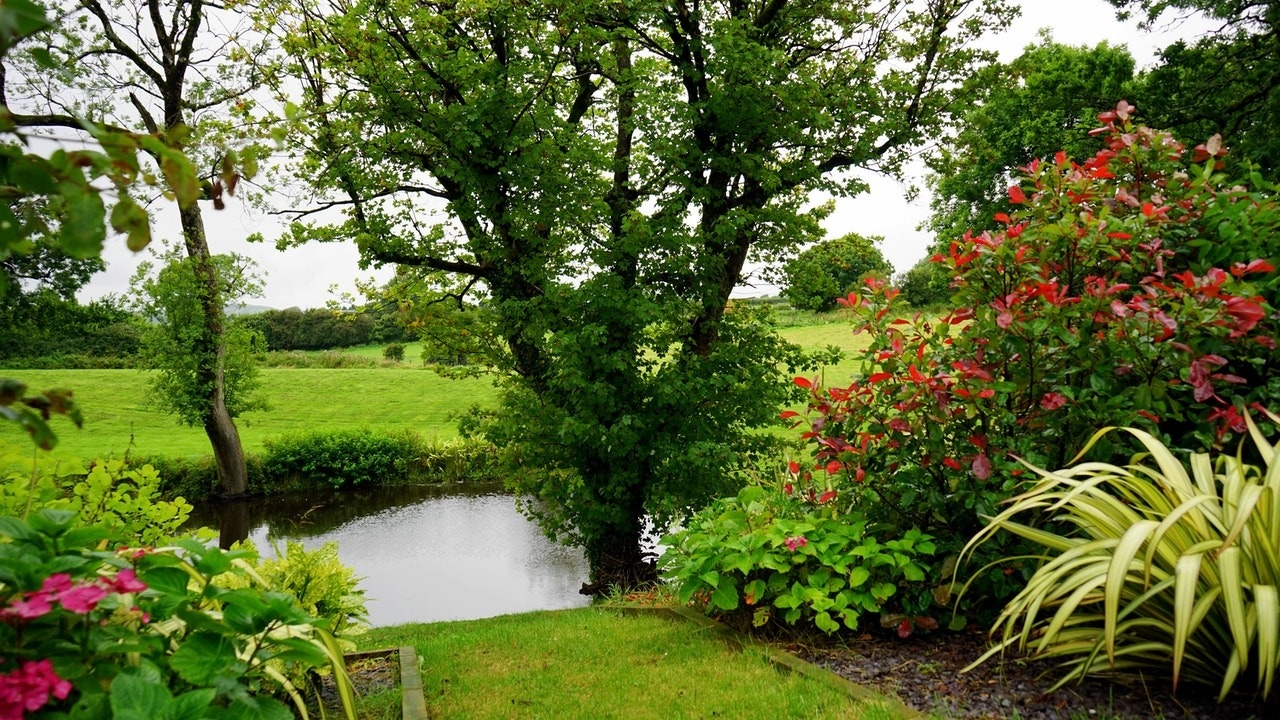Why You Should Know Your Climate Zone
Believe it or not, the type and placement of your vegetation can have a large impact on your energy bill. The United States can be broken down into four main climate regions: temperate, hot-arid, hot-humid, and cool. Knowing what type of climate you live in will help you to determine what types of trees and plants you should be using in your homes’ landscaping to harness the natural elements of your area and reduce your energy bill! Let’s take a look at the different climate zones and how your landscaping should differ based on which one you live in.
Temperate
The temperate climate region lies between the tropical and polar climate regions. In temperate climate regions in the U.S., one should aim to harness as much of the suns’ warmth as possible during the winter and emphasize shady areas in the summer. By strategic placement of trees and plants, one can direct summer winds towards the house to naturally cool down the home. In the winter, placement of trees and dense plants around the home can help to insulate your home and deflect cold, winter winds so that your heater doesn’t need to work as hard!
Hot-Arid
Hot-arid climate regions experience high temperatures all year round, such as in deserts. For this climate region, the goal is to use your trees and plants to provide shade to your home to keep your house cool. You will want to choose foliage that is native to the area and drought resistant. If you are utilizing an air conditioning unit, you can place your outdoor plants in a way that deflects summer, warm winds away from the home. If you are wanting to cool your home naturally, you can place your trees and shrubbery in a way that directs summer and cool night breezes towards your home for a breath of fresh air!
Hot-Humid
Hot-humid climate regions are similar to hot-arid regions, but receive more annual rainfall. If you live in this type of climate region you will want to utilize your trees to provide shade to your home in the summer while also allowing some sun to reach your home in the winter time to help keep your home a comfortable warmth. Since this climate region has higher moisture levels, a large variety of vegetation can be supported here!
Cool
Cool climate regions will experience extremely cold temperatures, strong winds, and large amounts of snowfall in the winter time. The summers in these regions also tend to be cooler than other climate regions. Due to the cold conditions, you will want to utilize dense foliage to help insulate your home. Allowing the sun’s rays to get through your windows will also help to naturally heat your home. You will additionally want to use your trees and plants to deflect those intense cold winds!
Conclusion
Now that you have a better idea of what climate region you are living in, it’s time to talk to the experts about what trees and plants are right for your home. Whether you are wanting to get some landscaping done or already have plants around your home, Root Tree Service has the knowledge you are looking for! Contact Root Tree Service today for all of your plant care needs!
Go Back Temperate
The temperate climate region lies between the tropical and polar climate regions. In temperate climate regions in the U.S., one should aim to harness as much of the suns’ warmth as possible during the winter and emphasize shady areas in the summer. By strategic placement of trees and plants, one can direct summer winds towards the house to naturally cool down the home. In the winter, placement of trees and dense plants around the home can help to insulate your home and deflect cold, winter winds so that your heater doesn’t need to work as hard!
Hot-Arid
Hot-arid climate regions experience high temperatures all year round, such as in deserts. For this climate region, the goal is to use your trees and plants to provide shade to your home to keep your house cool. You will want to choose foliage that is native to the area and drought resistant. If you are utilizing an air conditioning unit, you can place your outdoor plants in a way that deflects summer, warm winds away from the home. If you are wanting to cool your home naturally, you can place your trees and shrubbery in a way that directs summer and cool night breezes towards your home for a breath of fresh air!
Hot-Humid
Hot-humid climate regions are similar to hot-arid regions, but receive more annual rainfall. If you live in this type of climate region you will want to utilize your trees to provide shade to your home in the summer while also allowing some sun to reach your home in the winter time to help keep your home a comfortable warmth. Since this climate region has higher moisture levels, a large variety of vegetation can be supported here!
Cool
Cool climate regions will experience extremely cold temperatures, strong winds, and large amounts of snowfall in the winter time. The summers in these regions also tend to be cooler than other climate regions. Due to the cold conditions, you will want to utilize dense foliage to help insulate your home. Allowing the sun’s rays to get through your windows will also help to naturally heat your home. You will additionally want to use your trees and plants to deflect those intense cold winds!
Conclusion
Now that you have a better idea of what climate region you are living in, it’s time to talk to the experts about what trees and plants are right for your home. Whether you are wanting to get some landscaping done or already have plants around your home, Root Tree Service has the knowledge you are looking for! Contact Root Tree Service today for all of your plant care needs!
